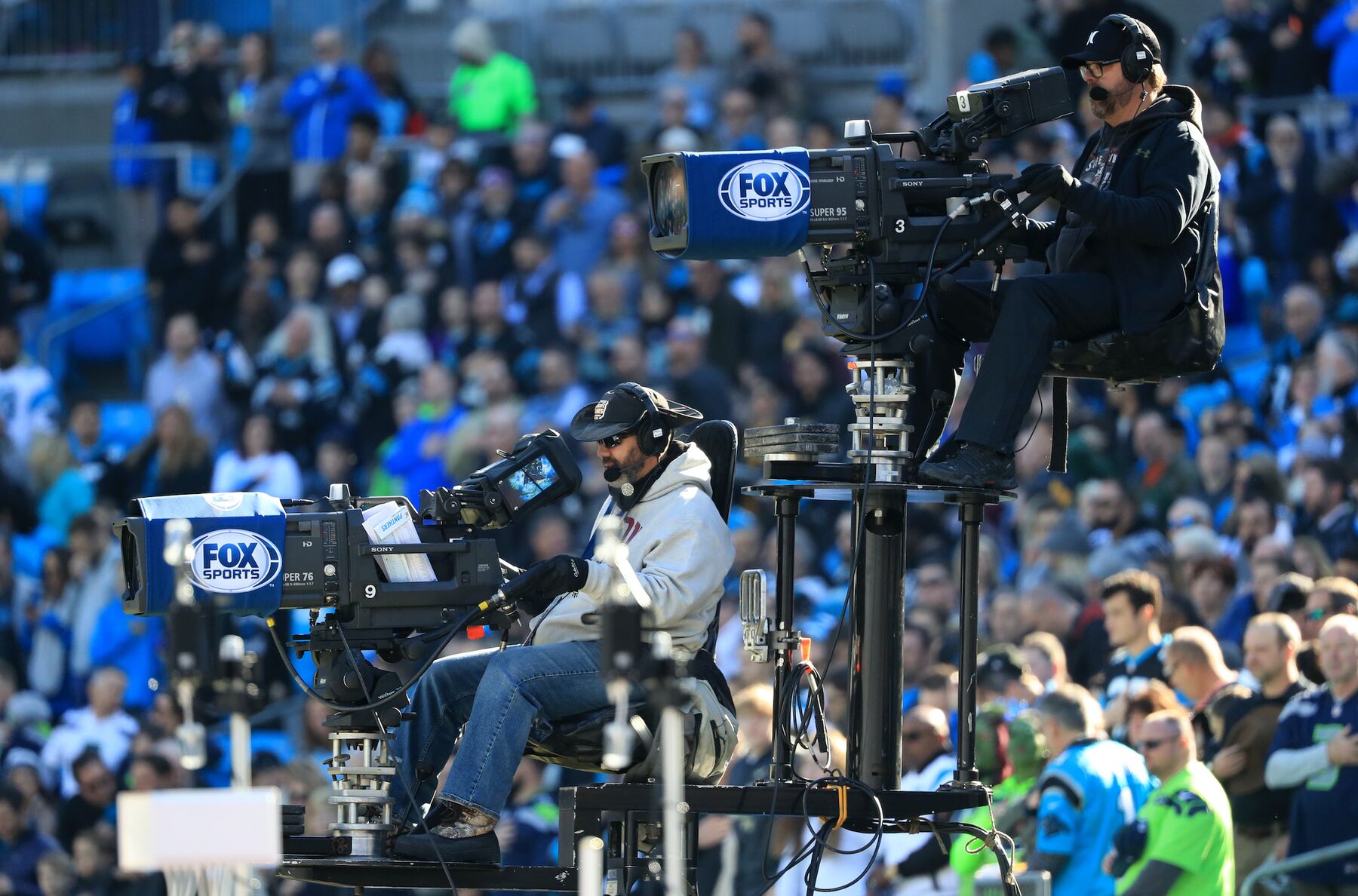By Oluwaseyi Lawal
The projected global expenditure on sports media rights is estimated to reach $61 billion this year. However, brand advertisers encounter challenges due to the fragmented media landscape.
In the United States, brands are anticipated to allocate an additional $2 billion towards advertising during the Paris Olympics, while Euro 2024 is expected to drive €250 million in additional ad spend across Europe. Despite these boosts, they are unlikely to counteract the ongoing decline in TV viewership.
In a time when marketers increasingly rely on sports for widespread exposure, the sector faces fragmentation. Live sports rights are becoming dispersed among various platforms including broadcast, over-the-top (OTT) or streaming services, and mobile apps. Additionally, social media platforms are gaining prominence among fans.
“Sports Media in the Era of Fragmentation,” WARC Media’s latest Global Advertising Trends report, delves into the evolving media landscape of sports, highlighting the challenges and opportunities for brand advertisers. It also explores how rights holders plan to maintain the economic sustainability of sports in the years ahead.
Alex Brownsell, Head of Content, WARC Media, says: “Sport is one of the last providers of true ‘water cooler moments’, and this year’s bumper schedule of major sporting events, such as the summer Olympics and Paralympics in Paris, the UEFA European Football Championships, and the T20 Cricket World Cup, will provide advertisers with unrivalled means to achieve mass reach.
“However, these enduring qualities are under threat as consumption fragments. In this report we take a closer look at the current state of sport advertising at a time when media consumption poses a dilemma for brand advertisers.”
The WARC report on “Sports media in the era of fragmentation” reveals several key insights. Despite the fragmentation of media, major live sporting events still attract massive audiences. For instance, the Super Bowl LVII witnessed over 115 million viewers across Fox properties, marking it as the most-watched telecast in US history. Television networks continue to invest significant sums in securing sports media rights. Global spending on these rights is projected to reach $60.9 billion in 2024, a notable increase of 18.9% from pre-pandemic levels. Traditional broadcasters are intensifying their efforts to retain access to premium sports content.
The year 2024 is poised to be significant for live sports, with the return of major events such as the Paris 2024 Summer Olympics, UEFA Euro 2024, and the T20 Cricket World Cup. Broadcasters and streaming platforms anticipate heightened viewership during these events. Despite the prominence of live sports, linear TV ad spend continues to decline in several regions. In the UK and Germany, linear TV spend is expected to decrease, while France experiences a slight increase. In the US, the recovery in linear TV spend is attributed more to favorable year-on-year comparisons and upcoming events like the Presidential election rather than sports.
The fragmentation of sports rights poses challenges to achieving mass audience reach. NFL coverage, for example, is spread across various platforms including broadcast TV, cable networks, OTT services, and mobile apps, making it increasingly complex for fans to access all live games.
Social media platforms are emerging as significant channels for sports consumption, particularly among younger demographics. Approximately 93% of individuals aged 18-24 engage with sports content on social media weekly. However, Gen Z fandom tends to be more fluid, focusing more on athletes’ narratives rather than specific teams or competitions.






Comment
No comments found.